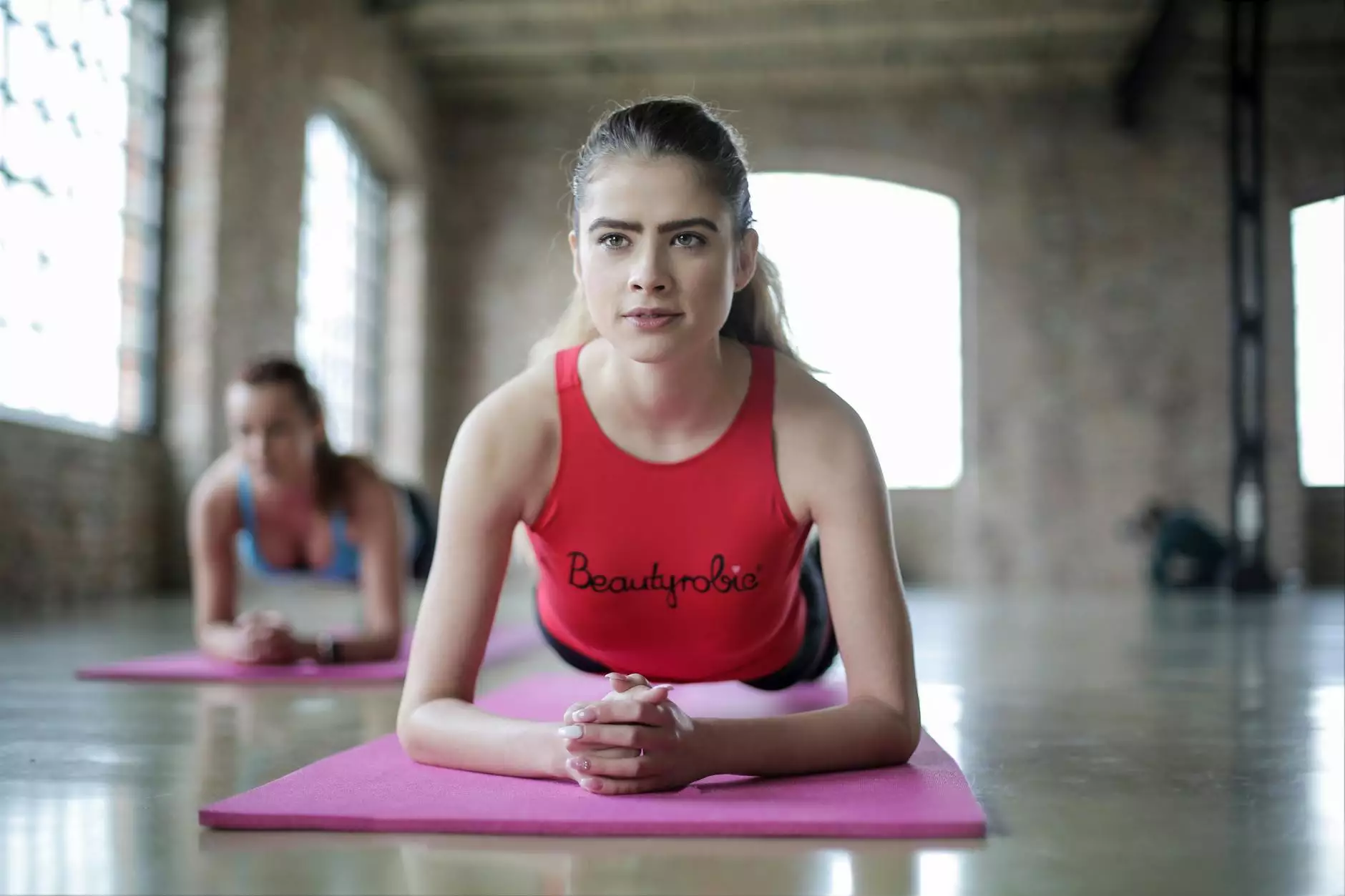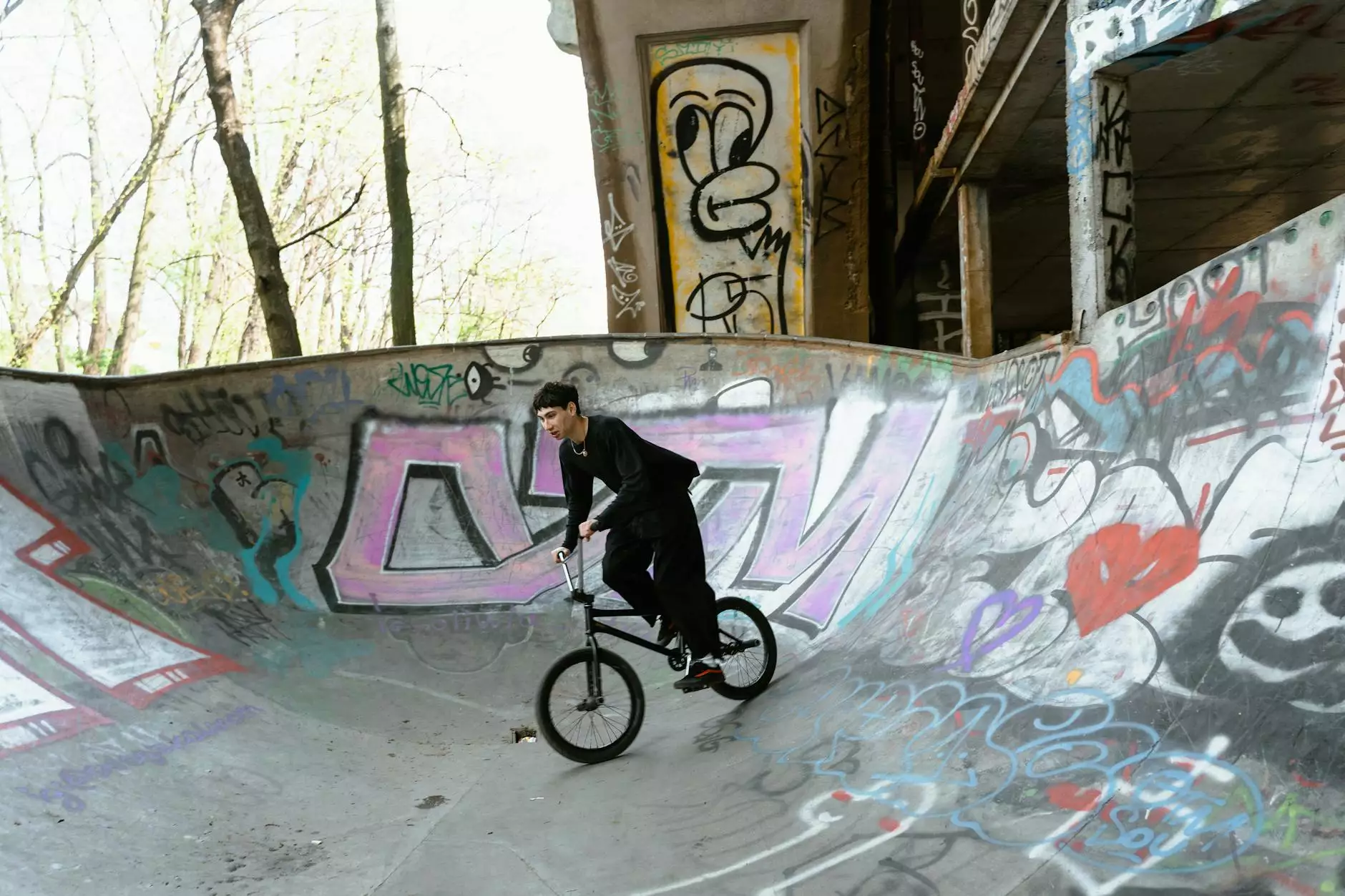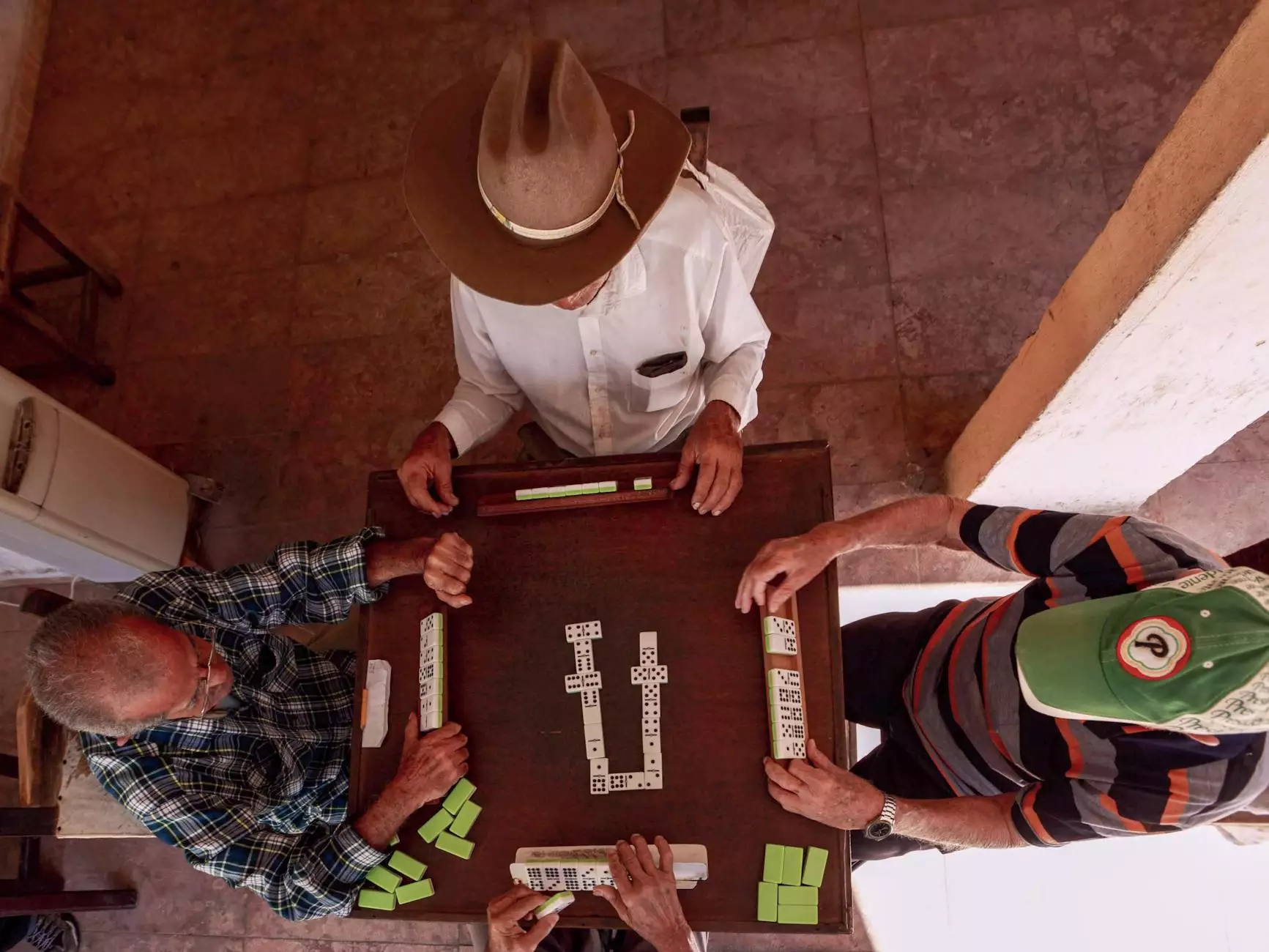Postnatal Pilates for Diastasis Recti: A Comprehensive Guide

After giving birth, many women face a range of physical challenges as their bodies adjust to the significant changes brought on by pregnancy. Diastasis recti, a condition characterized by the separation of the abdominal muscles, is one of these challenges. Fortunately, with an appropriate postnatal care regimen, including postnatal pilates, there's a pathway to recovery that helps restore strength and function to the core. In this article, we will delve into how postnatal pilates can effectively address diastasis recti, its benefits, and practical strategies for integrating this approach into your recovery.
Understanding Diastasis Recti
Diastasis recti occurs when the rectus abdominis muscles, which run vertically along the front of the abdomen, stretch and separate during pregnancy. This separation can lead to a protruding belly and various complications such as lower back pain, pelvic floor dysfunction, and an overall negative impact on core stability.
Signs and Symptoms of Diastasis Recti
Identifying diastasis recti is crucial for effective recovery. Here are some common signs and symptoms:
- Visible bulging or "pooch" in the abdominal area, especially when straining
- Difficulty performing exercises that engage the core
- Lower back pain or discomfort
- Urinary incontinence or pelvic pressure
- Distorted posture, leaning towards a "sway back" stance
Benefits of Postnatal Pilates for Diastasis Recti
Engaging in postnatal pilates offers several compelling benefits, particularly for those dealing with diastasis recti:
1. Core Strengthening
One of the primary focuses of pilates is strengthening the core. Through controlled movements, pilates helps in rebuilding the strength and integrity of the abdominal muscles without adding excessive strain.
2. Improved Posture
Postnatal pilates emphasizes alignment and body awareness, which aids in improving posture. This is crucial as poor posture can exacerbate diastasis recti and lead to additional musculoskeletal issues.
3. Enhanced Flexibility
Many women experience tightness in the body post-pregnancy. Pilates incorporates stretching, promoting flexibility, and alleviating tension in affected areas.
4. Better Breathing Techniques
Proper breathing techniques are integral to pilates. Learning how to breathe effectively can help engage core muscles more efficiently, which is beneficial for those recovering from diastasis recti.
5. Mind-Body Connection
Pilates fosters a strong mind-body connection, encouraging participants to tune into their bodies and promote healing through mindful movement.
Starting Your Postnatal Pilates Journey
Before starting any postnatal exercise program, including pilates, it is vital to consult with a healthcare provider, especially if you have concerns about diastasis recti. Once deemed safe to proceed, you can begin incorporating pilates into your recovery plan.
When to Start Postnatal Pilates
Most healthcare professionals recommend waiting at least six weeks postpartum before engaging in intense physical activity. For women who had cesarean deliveries, this timeframe may extend to eight to twelve weeks. Always listen to your body and seek professional guidance tailored to your individual circumstance.
Finding a Qualified Instructor
It is crucial to engage with a qualified instructor, preferably someone with expertise in postnatal health and diastasis recti recovery. Look for instructors who are certified in pilates with an emphasis on postnatal rehabilitation. A good instructor should offer modifications and ensure safe practice, helping you progress at a suitable pace.
Essential Pilates Exercises for Diastasis Recti
The following exercises are foundational within a postnatal pilates program aimed at addressing diastasis recti:
1. Pelvic Floor Breathing
This exercise enhances the connection between your breath and the pelvic floor muscles. Start in a comfortable seated position or lying on your back with knees bent.
- Inhale deeply through the nose, allowing your ribs to expand.
- Exhale fully through the mouth while gently drawing your belly button towards your spine.
- Visualize the pelvic floor muscles lifting upwards with each exhale.
2. Modified Plank
The modified plank is an excellent exercise for strengthening the core without excessively straining the abdominal muscles.
- Start on your hands and knees, with wrists beneath shoulders and knees beneath hips.
- Engage your core and slowly extend one leg back, keeping your pelvis level.
- Hold for a few breaths, then lower your leg and switch sides.
3. Heel Slides
This exercise encourages core engagement while protecting the integrity of the abdominal wall.
- Lie on your back with knees bent and feet flat on the floor.
- Inhale and engage your core; as you exhale, slide one heel along the floor, extending the leg.
- Return to the starting position and alternate legs.
4. Side-Lying Leg Lifts
The side-lying leg lifts improve hip and core strength while minimizing pressure on the abdomen.
- Lie on your side with legs stacked and head supported by your arm.
- Inhale and lift the top leg while keeping it straight, engaging the core.
- Lower the leg back to rest without letting it touch the bottom leg and repeat.
Safety Tips for Postnatal Pilates
While postnatal pilates can be highly beneficial, safety should always come first. Here are some essential tips to consider:
- Always listen to your body and avoid any movement that causes pain or discomfort.
- Focus on form over quantity—quality movements yield better results.
- Stay hydrated and take breaks as needed during your session.
- Progress at your own pace; don't rush your recovery.
- Consult a physical therapist if you have concerns or need personalized modifications.
Integrating Pilates with Other Recovery Strategies
A comprehensive approach to recovery from diastasis recti may involve more than just pilates. Here are some additional strategies to consider:
Physical Therapy
Working with a licensed physical therapist who specializes in women's health can provide tailored guidance and strategies to support your recovery.
Nutritional Support
Maintaining a balanced diet rich in whole foods is also critical for healing postpartum. Consider consulting with a nutritionist for personalized dietary advice.
Support Groups
Joining a support group with other postnatal women can provide encouragement and a sense of community as you navigate your recovery journey.
Conclusion
Recovering from diastasis recti can be an empowering journey, one that emphasizes strength, resilience, and care for your body. Postnatal pilates offers a structured, effective approach to healing the abdominal wall while promoting overall well-being. If you're looking for professional support in your postnatal recovery, consider reaching out to Hello Physio for expert guidance in health & medical, sports medicine, and physical therapy.
Remember, every journey is unique, and what works for one individual may differ for another. Embrace your recovery journey, celebrate your progress, and give your body the care it deserves!
postnatal pilates diastasis recti








